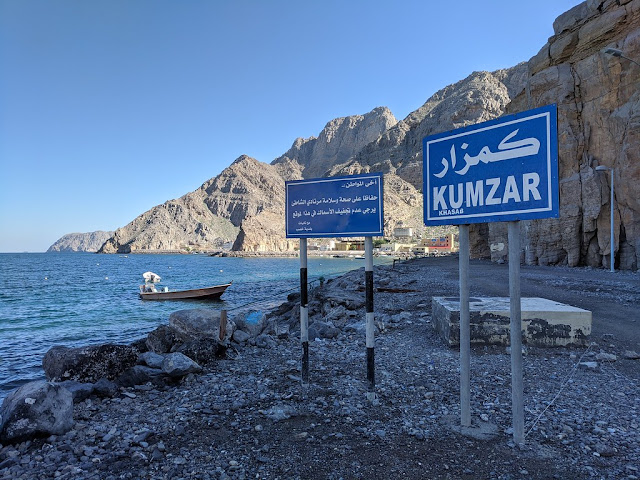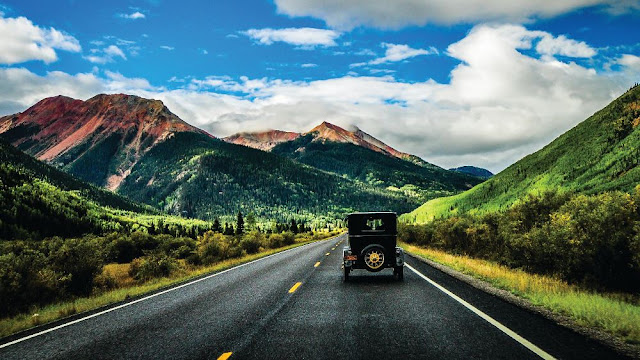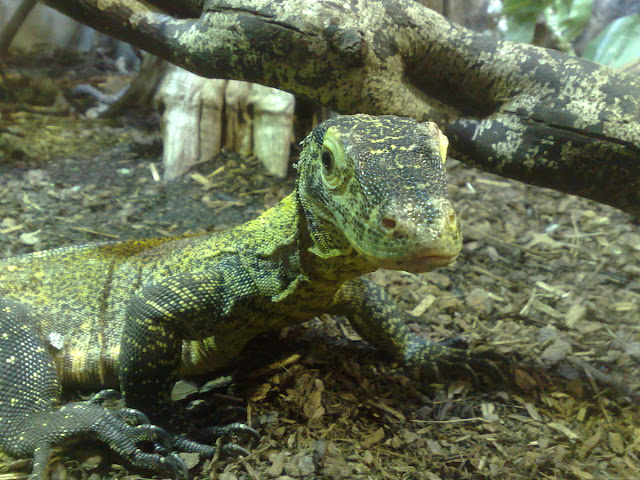The White River BADLANDS could be considered a pocket-sized cousin to Arizona’s Grand Canyon. What’s most impressive about the “Badlandscape” is not its scale, as at the Canyon, but rather its sheer strangeness. More than 35 million years ago this area of southwest South Dakota was a saltwater sea; later it became a marsh, into which sank the remains of such prehistoric mammals as saber-toothed cats and three-toed horses, to be covered with white volcanic ash.
Drying as it evolved, the terrain became unable to support the deep-rooted shrubs or trees that might have preserved it, and over the last few million years erosion has slowly eaten away layers of sand, silt, ash, mud, and gravel, to reveal rippling gradations of earth tones and pastel colors. The crumbly earth is carved into all manner of shapes: pinnacles, precipices, pyramids, knobs, cones, ridges, gorges, or if you’re feeling poetic, lunar sandcastles and cathedrals.
While the Sioux cherished these incredible contortions of nature for harboring bighorn sheep, mule, deer, and another tasty prairie fare; early French trappers didn’t share the native's enthusiasm, dubbing these white hills the Mauvaises Terres à Traverser, or “bad lands to travel across;” they have also been brutally described as “hell with the fires out.”
The most spectacular formations can be found within the Badlands National Park, particularly its northern sector, while the poverty-stricken Pine Ridge Indian Reservation encompasses the southern stretches. Clean-cut Wall, just a few miles north of the park boundaries, is the most–visited commercial center in the region.


.jpg)
.jpg)
.jpg)
.jpg)
.jpg)
.jpeg)
.jpg)
.jpeg)






































_fighting.jpg)





